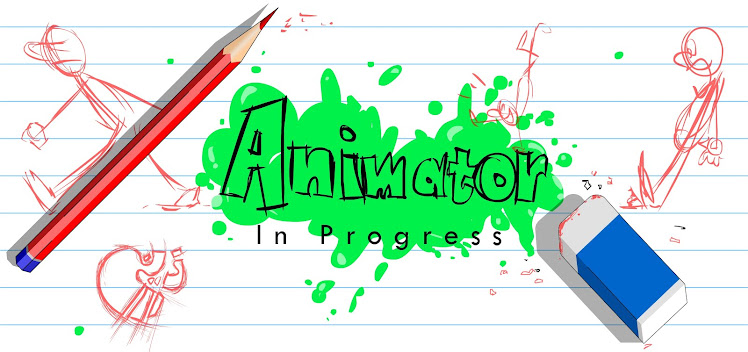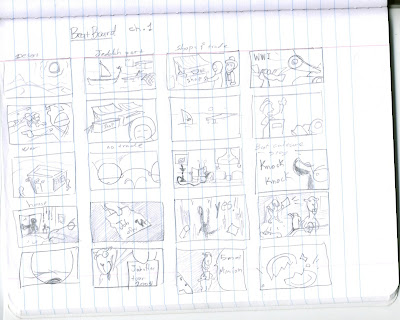As we can see here, this image contains a lot of curves, textures, and very intense detailing. There is an Arabic word in the middle, with layers of decorations moving outward from the center point. You can see some Lavenders on the upper and lower areas, along with two Lions looking at each other.
Both lions seem like they are twirling and going towards the middle. With both their eyes gazing at the name in the middle. These two lions are created using Arabic letters, combined with a lot of calligraphic decorations.
As you move outward you see more calligraphic decorations surrounding the design, and complete the circle between the two lions. When this circle is closed you can see more Lavenders surrounding the lions. Four smaller circles in each corner , with a smaller geometric pattern similar to the original bigger pattern overlapping the name and underneath the lions.
This type of design is called a Mandala, a form that has a lot of spiritual meaning, found mostly in the Hindu and Buddhist cultures. Usually in Mandalas there is a radial balance going outward from the center point. A Mandala - or as requested from our Design teacher Kohl - must contain a herbal element, and an animal element of some sort (fauna and flora). Both must represent a meaning to the designer that infuses them in his Mandala.
Interpreting this image without knowing the designers inspiration could be difficult, Yet if you understand Arabic you can actually read the letters that build up this design. We can notice a phrase inside each lion saying “ i love the lion “, with a lot of letters in the lions hair that make up that phrase.
We see a lot of contrast between the lions and the geometric pattern they complete. Circle within a circle with four circles surrounding it gives the feeling of comfort, and stability. The Lavenders integrated in the design, and surrounding the mandala, show a harmony that is keeping the whole design intact along with the use of positive and negative space.
Every
ancient, eastern culture in particular, use a lot of “Sacred Geometry”
in representing their idea of wholeness and oneness. Geometric shapes
that represent the flower of life, or the fingerprint of god. These
geometric patterns usually appear everywhere in nature with amazing
precision. In this piece the designer tried to incorporate some of that
knowledge in the flower like structure in the middle made with leaf like
shapes, moving outwards in a circular harmonized pattern.
This
piece was a design made for my Fund. of design class. I picked the Lion
and lavender for it’s very special resemblances to my heart. The phrase
within the lions, was always said to me by my younger brother. He
always loved my Afro, and considered me a role model to look up to. He
would describe me as the Lion always. Saying it in both hard situations
and funny situations just to mock my hair. When I’m mad he would say a
lion, and when joking around am still a lion.
The lavenders represent my younger sister, the youngest of my siblings. Her name is
“Khozama” or Lavender in English. I decided to infuse her name in plant form around the lions and within the geometric pattern that surrounds my Name in the middle. She is a rebellious and very smart young girl. She really brings out what I had as a little kid, yet with the softness and beauty of the feminine right brained personality.
My name is in the middle, with the design elements radially moving outward in a balanced harmony towards the lavenders, the two lions then finally to more lavenders around it all hugging everything with a lot of care, and beauty.
“Khozama” or Lavender in English. I decided to infuse her name in plant form around the lions and within the geometric pattern that surrounds my Name in the middle. She is a rebellious and very smart young girl. She really brings out what I had as a little kid, yet with the softness and beauty of the feminine right brained personality.
My name is in the middle, with the design elements radially moving outward in a balanced harmony towards the lavenders, the two lions then finally to more lavenders around it all hugging everything with a lot of care, and beauty.
This
design was a major project for me, took me a lot of hours and planning.
Always loved the beauty of Islamic geometric designs, along with Arabic
calligraphy. My companion was always the black pen throughout my
childhood till today. My younger siblings are my fauna and flora, and I
exist right there within that harmony. Surrounded by both texture,
designs, and calligraphy.








.jpg)













































